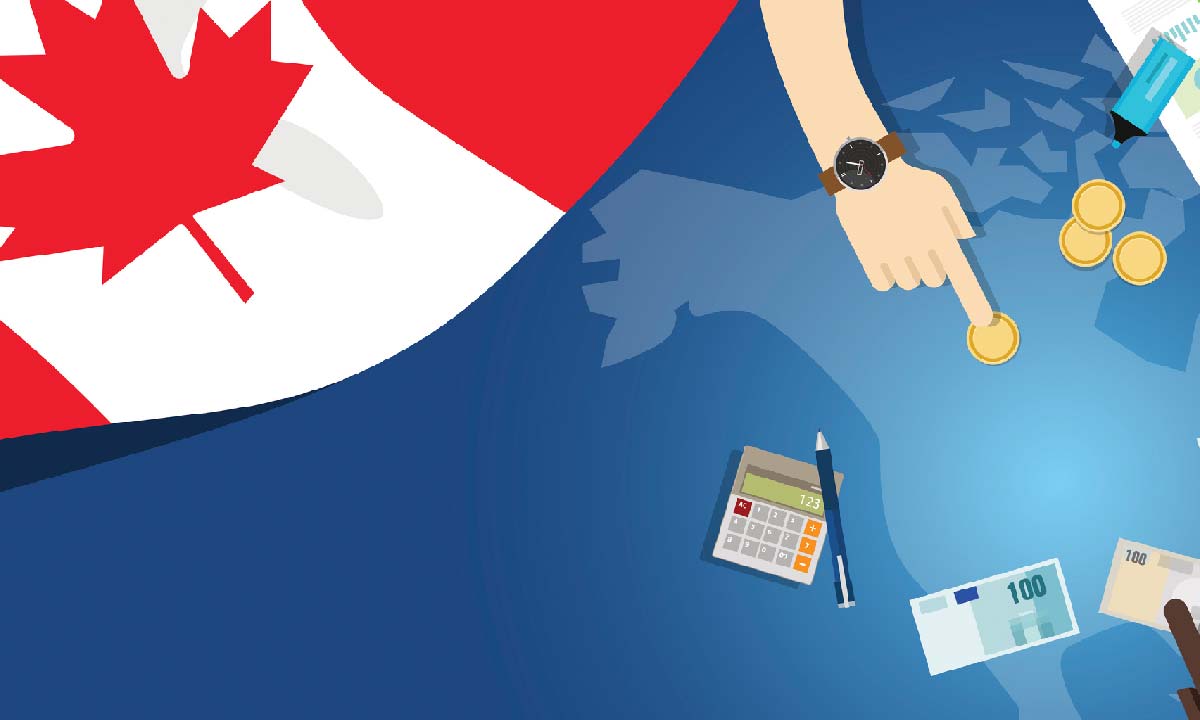In Budget 2021, the federal government announced $101 billion in net new spending (about 4% of GDP) over the next three fiscal years. Proposed measures are aimed at winning the fight against COVID-19, stimulating an economic recovery and green transition, and expanding the social safety net through greater support for low-wage workers and the elderly. Among many new initiatives, an ambitious early learning and child care proposal worth $30 billion over five years is arguably the centrepiece, though delivering on the goal of improving access to affordable, quality child care will require co-operation with (and funding from) the provinces. New tax measures were limited, though long-term spending commitments and large deficits raise the risk of tax increases going forward.
There were a number of measures to help small businesses that have been hit particularly hard by pandemic-related shutdowns. Funding for tech adoption and training programs should also help small businesses adapt to a post-pandemic economy.
Here are some of the key proposals affecting business owners from the 2021 Canadian Federal Budget:
- Extending key support programs: Wage and rent subsidies that were set to expire in early June have been extended until late September, at an estimated cost of $12 billion. Subsidy amounts will begin gradually decreasing in July when more widespread vaccination is expected to allow the economy to re-open. These programs are set to be phased out over the summer, but if necessary the government is seeking the legislative authority to extend them through late November.
- A new hiring subsidy: The new Canada Recovery Hiring Benefit will help offset a portion of the costs associated with hiring more staff, or increasing the hours or wages of existing employees. The program will be available from early June until late November, and where it overlaps with wage subsidies, employers will receive the higher of the two benefits. And as with wage subsidies, employers must experience a qualifying revenue decline to take advantage of this program.
- Helping small businesses get online: The government will spend $1.4 billion over four years to help small and medium-sized enterprises (SMEs) improve their digital skills and take advantage of e-commerce opportunities. In addition to grants that will offset some of the costs of tech adoption by small businesses, the government will provide financing for SMEs to adopt new digital technologies.
- Training and education: The government is investing nearly $1 billion over three years in a new Sectoral Workforce Solutions Program that will work with sector associations and employers to design and deliver training programs that are relevant to the needs of SMEs. Another $1.5 billion in funding across other training and education programs should indirectly benefit small businesses through greater access to workers with relevant skills.

RBC identified the need for a number of these initiatives in last year’s Small Business, Big Pivot report. For the full analysis of Budget 2021, click here.
This article is intended as general information only and is not to be relied upon as constituting legal, financial or other professional advice. A professional advisor should be consulted regarding your specific situation. Information presented is believed to be factual and up-to-date but we do not guarantee its accuracy and it should not be regarded as a complete analysis of the subjects discussed. All expressions of opinion reflect the judgment of the authors as of the date of publication and are subject to change. No endorsement of any third parties or their advice, opinions, information, products or services is expressly given or implied by Royal Bank of Canada or any of its affiliates.



















